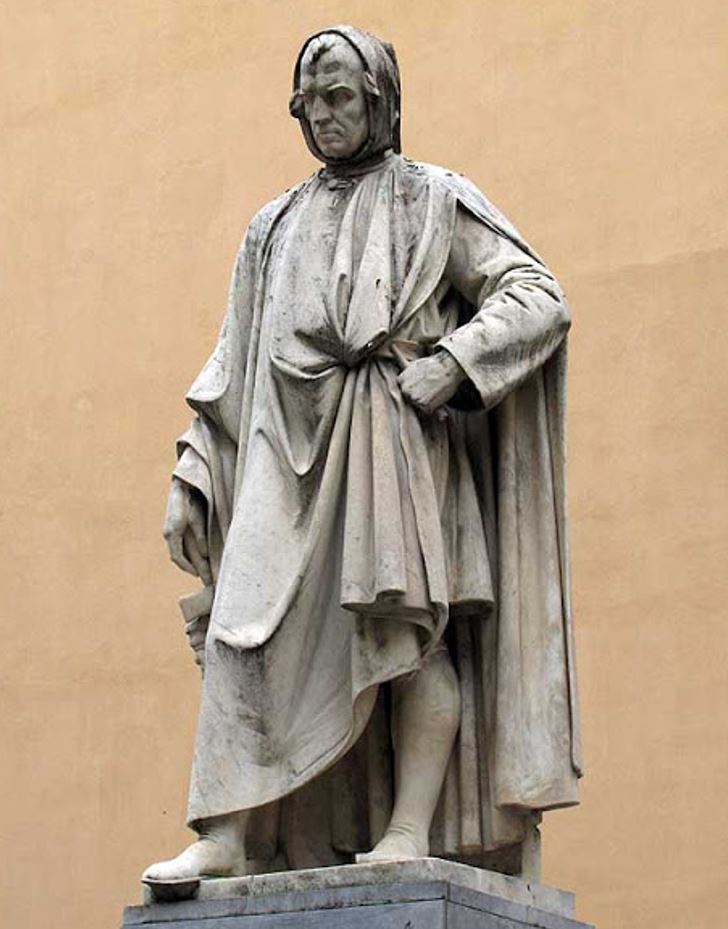Of all the Gothic artists who produced art during the Middle Ages in Italy, this particular sculptor might be one of the most influential.
Nicola Pisano (1205/1207-1278) lived in the 13th century, a period in which Gothic art was still the dominant style all across Europe.
The sculptures and reliefs he created, however, already show signs of proto-Renaissance art which only fully developed in the following century.
In this article, you’ll discover some of the most interesting facts about Nicola Pisano, a man who played a major role in art history and who left behind a remarkable legacy.
1. He was born at an unknown date in the southeast of Italy
Nicola Pisano or “Niccolò Pisano” was an Italian sculptor who was born in the region of Apulia or “Puglia.”
This is a lesser-known region in the utmost southeastern part of Italy that also includes the heel that completes the booth-shaped country.
Little is known about the early history of the man except for the fact that he was mentioned as being the son of “Petrus de Apulia.”
He was born in the early 13th century, probably between 1205 and 1207, but the exact date remains unknown.
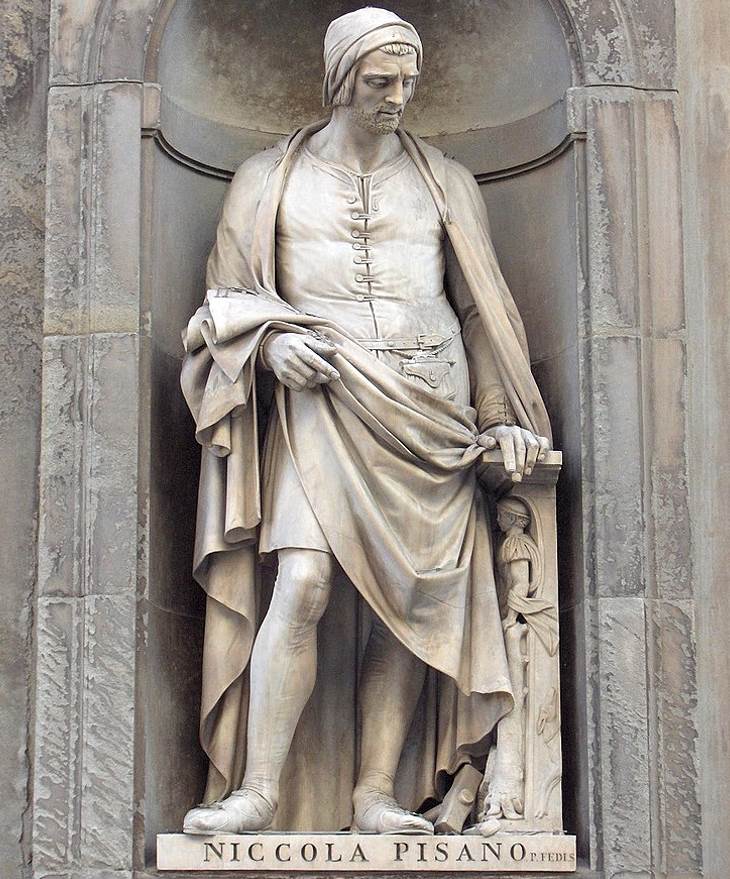
2. He was a pupil in the workshop of Frederick II, Holy Roman Emperor
Although nothing is known about his initial training, it’s clear that he was very talented. This is emphasized by the fact that he was likely trained at the workshops of an important man.
Frederick II (1194-1250) was coronated as King of Italy and Holy Roman Emperor in 1220 and it’s possible that Pisano was present at this event. He was still only a teenager at the time.
In these workshops, he learned about classical sculpture and this defied the rest of his prolific career.
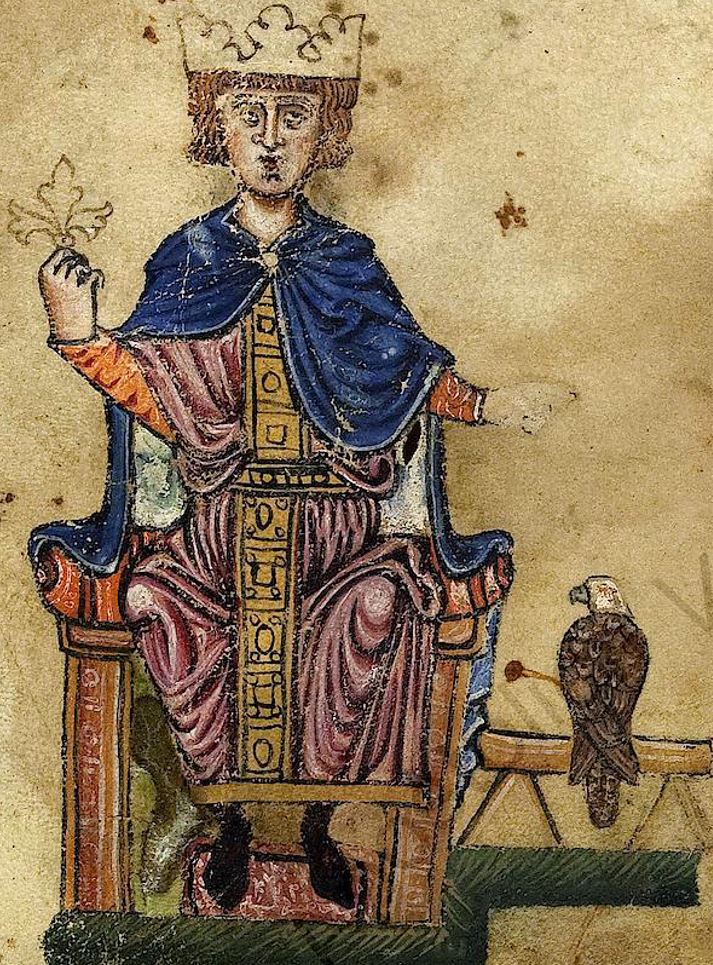
3. He settled in the Tuscany region of central Italy in the mid-1240s
Nicola Pisano worked on both Castel Capuano and Castel dell’Uovo in Naples in the 1220s and 1230s and moved to the Tuscany region in 1245.
The reason was to work on the Prato Castle, a large fortification in the town with the same name that was constructed by Frederick II. Therefore, it’s also known as the “Castello dell’Imperatore.”
The emperor died during construction and the interior of this famous castle was never finished. Lions sculptures that decorate the entrance gate have been attributed to Pisano.

4. He completed one of his most famous works between 1255 and 1260 in Pisa
If you want to admire Pisano’s most famous work then you have to head over to the Italian city of Pisa, more specifically, a building not too far from the Leaning Tower of Pisa.
Pisa Baptistery is part of the complex of buildings that also features the famous bell tower and Pisa Cathedral and the pulpit inside this structure was carved by Nicola Pisano.
This magnificent work of art highlights the typical Gothic style of his time that intermingles with the Classical style he was influenced by.
The pulpit rests on 7 columns and features 5 magnificent reliefs that depict scenes from the life of Jesus Christ.
These include the Annunciation, the Nativity, the Annunciation to the Shepherds, the Adoration of the Magi, the Presentation in the Temple, the Crucifixion, and the Last Judgment.

5. The first architect of Florence Cathedral was one of his pupils
Following his success at the Pisa Baptistery, he became one of the most sought-after artists of his time.
The Arca di San Domenico in Bologna was another famous work he carved at the time, even though it was only completed 500 years later. This work also features Michelangelo’s famous Angel.
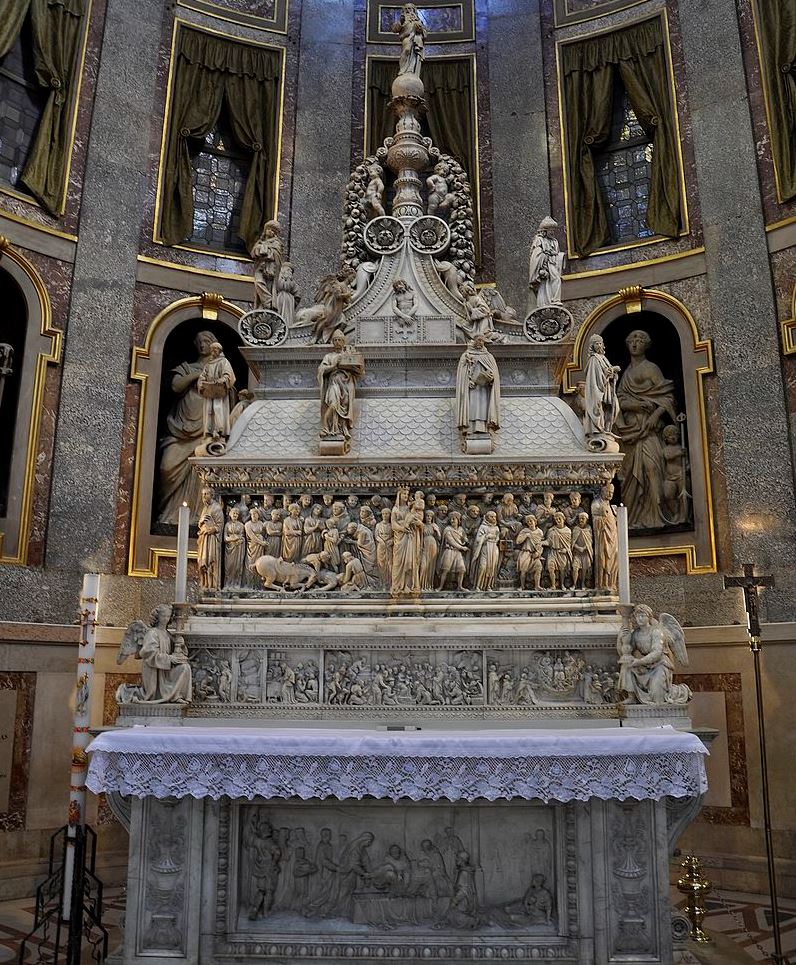
He didn’t work alone, though, because he had several pupils working for him who became equally famous later in their careers.
The most notable was Arnolfo di Cambio (1240-1310), a sculptor and architect who designed the new version of Florence Cathedral, as well as the sixth city wall around Florence.
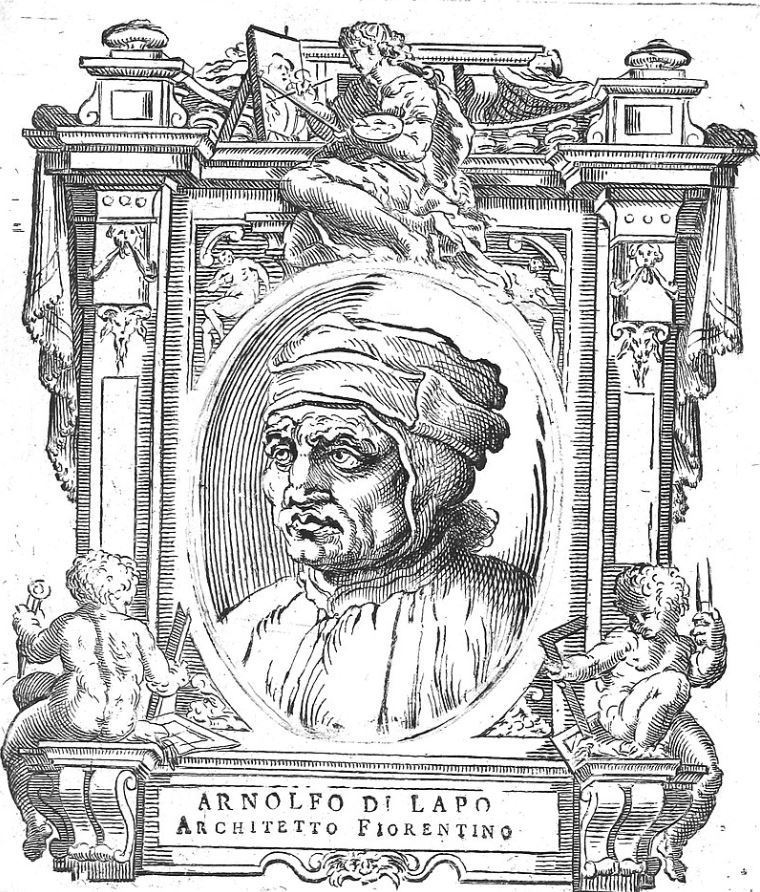
6. Nicola Pisano earned another prestigious commission in Siena during the 1260s
The 1260s were an important decade in the career of Nicola Pisano, and that’s because he earned yet another important commission in 1265.
He was commissioned to design the marble pulpit at Siena Cathedral, an incredible artwork that he completed between September 1265 and November 1268.
As you surely expected, he got help in this massive endeavor from his loyal assistant Arnolfo di Cambio who was still in his twenties at the time.
This is the oldest artwork in the medieval cathedral and it’s definitely one of the highlights of this fascinating church.

7. He completed his final major commission with the help of his son Giovanni
Nicola Pisano got a lot of help from Arnolfo di Cambio, but the same can be said about his son Giovanni Pisano (1250-1315).
He already helped his father while he was carving the Siena Cathedral pulpit, and also accompanied him during his final commission in Perugia.
Together, father and son carved the Fonatana Maggiore in the beautiful city of Perugia, a massive fountain that decorates Piazza IV Novembre.
Giovanni, who was also an architect and painter, was highly influenced by his father’s sculpting style and is best known for his sculptures that once decorated the façade of Siena Cathedral.
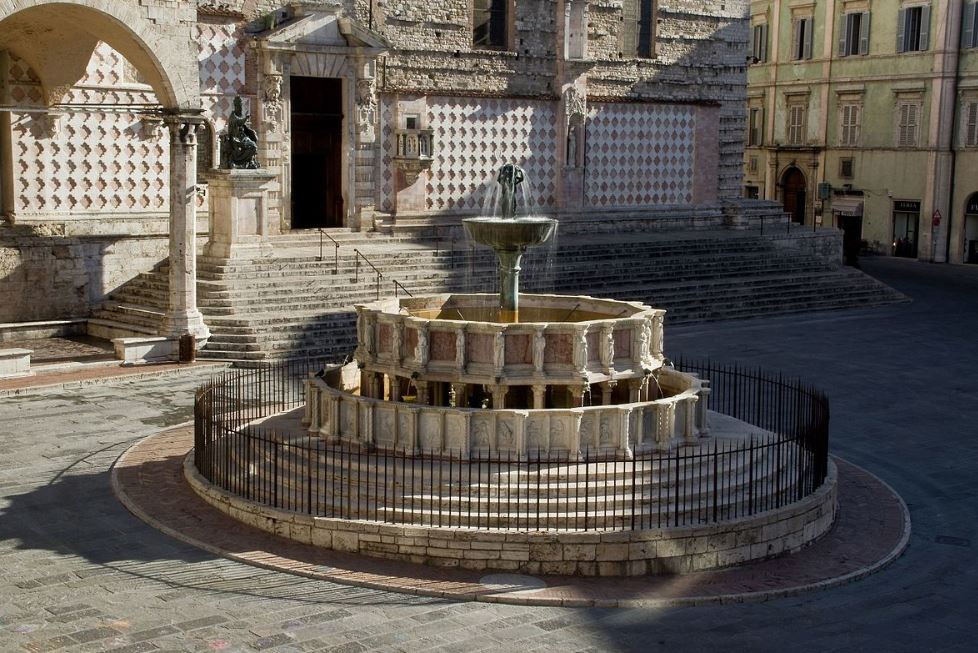
8. His style was inspired by Classical sculpture and inspired many Renaissance artists
Why is Nicola Pisano such an influential figure in European art history?
What’s remarkable about Pisano’s sculpting style is that he managed to combine classical elements with the Gothic style of his era.
His sculptures integrate human emotion, something that only became popular during the Renaissance, and also often features a sense of motion.
Because of this, he is sometimes referred to as the “Founder of Modern Sculpture” as he definitely inspired many Renaissance sculptors in the following centuries.
